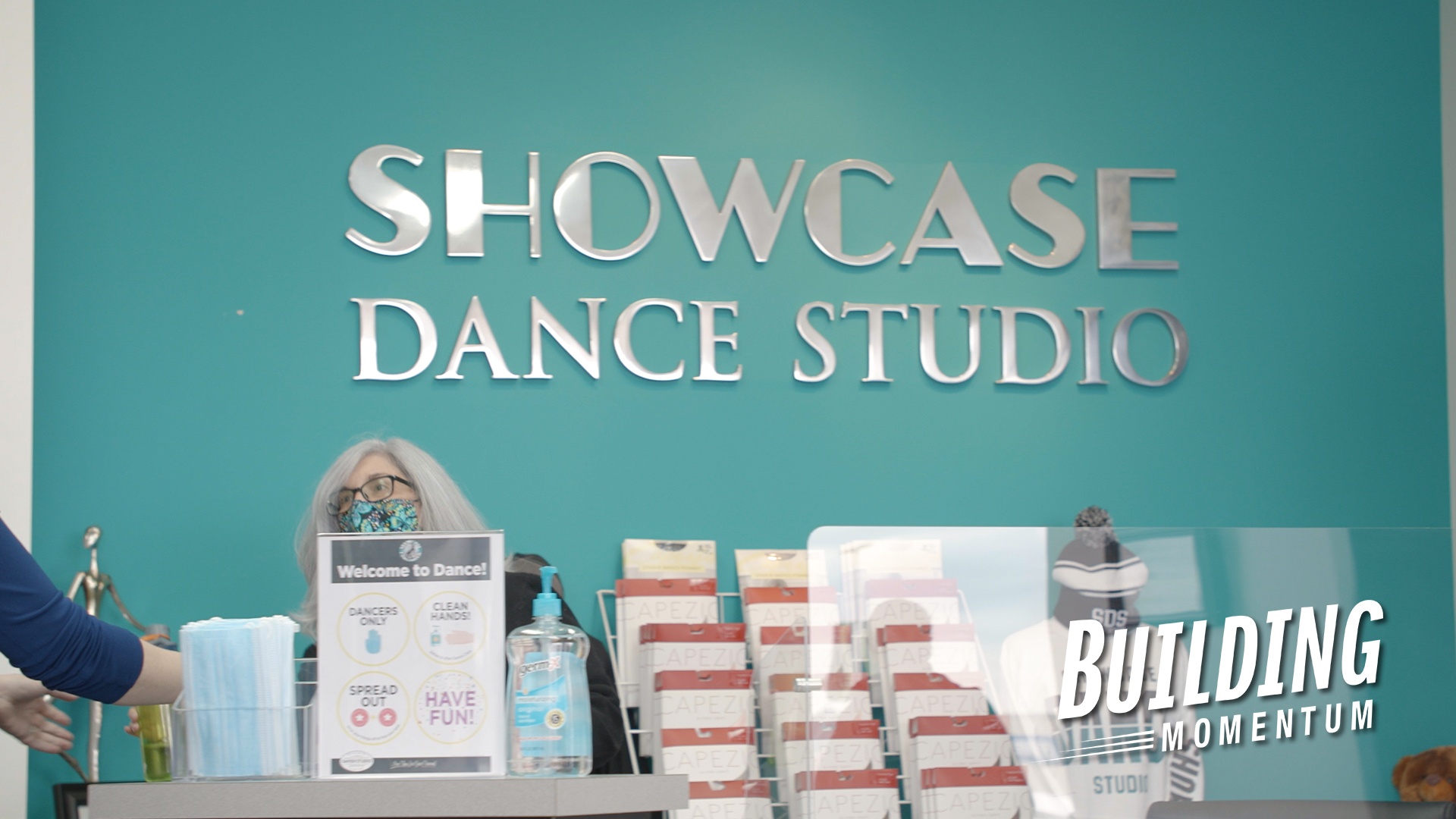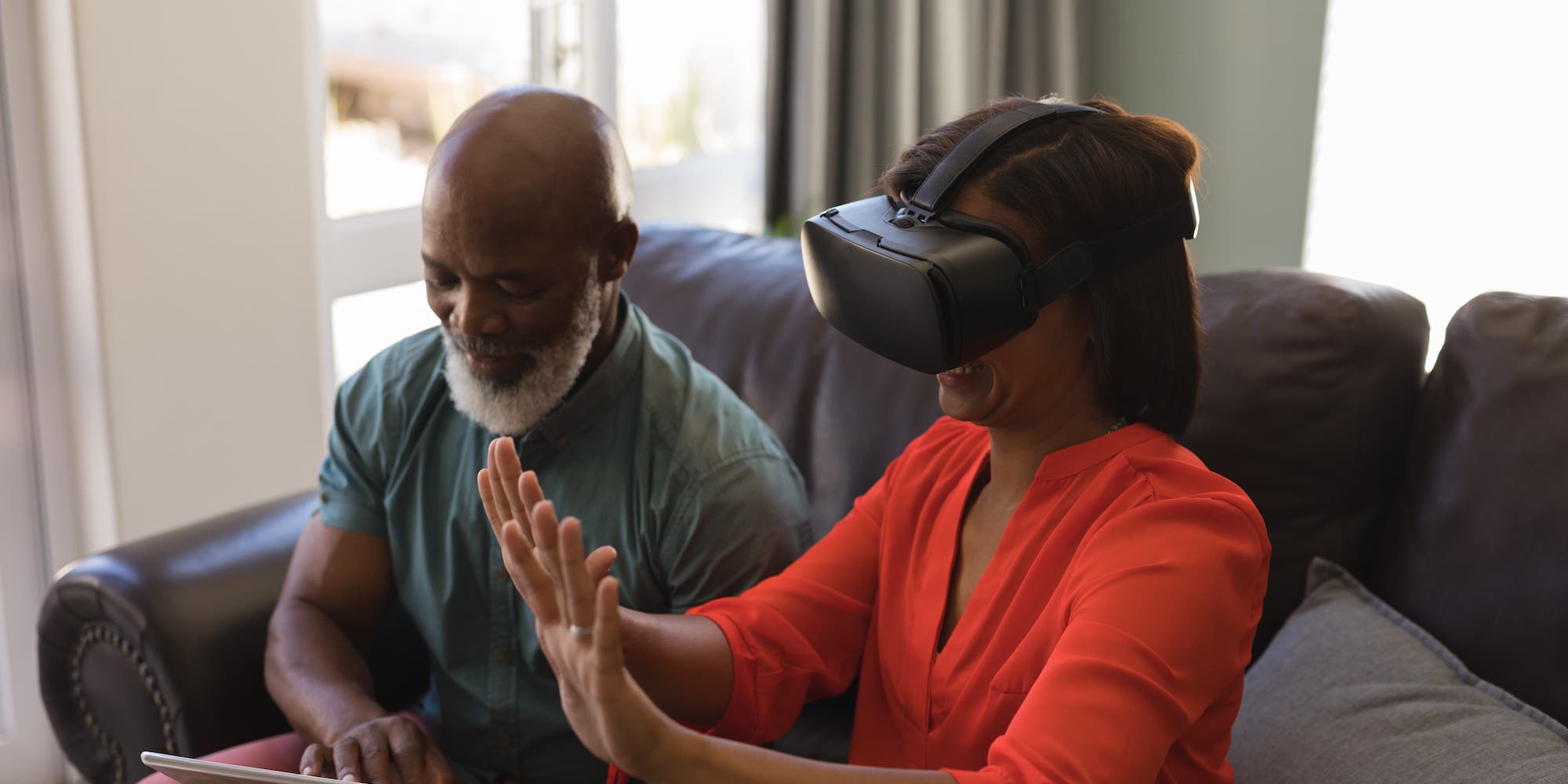Two years into the COVID-19 pandemic, so many of our conversations have moved online. Basic understanding of video meetings is expected, but modernizing your etiquette is essential for success.
Here are six tips to help your online business meetings run smoothly and make you look good doing it.
Make Your Audience Happy
“Another new app?”
The pandemic caused Zoom to join words like Xerox and Post-It as standard business lexicon, yet do not assume everyone can use or wants to use the Zoom web conferencing service. Many different videoconferencing platforms, such as Zoom or Google Meet or Microsoft Teams have been adopted as organizational platforms.
Try to meet your attendees in their comfort zone. Nothing is worse than finding out that you must install yet another new app to join a meeting at the last minute, especially if you have trouble connecting or sound troubles, so spare your attendees from having a new task.
If you're the host, send invitations and instructions to all participants well ahead of time. In your invitation email, let them know the date and time of the video conference, instruct them clearly on how to join the event, and include an agenda of what the meeting will cover.
Optimize Your Settings Ahead of Time
“Can’t you hear me? I can hear you.”
“You’re frozen…again!”
“This worked fine the last time.”
No one wants to hear this while they are trying to convey important information. Different video conferencing apps require different bandwidths to provide flawless video calls. Video conferencing services, such as Google Hangouts and Microsoft Teams, for example, suggest between 1–1.25 Mbps to upload and 2–8 Mbps to download a group call with an average of 3–7 people in attendance. Zoom uses 1.2 Mbps for both uploads and downloads for a group call.
If your network connection is slower than recommended, try relocating elsewhere in your home or office try getting closer to your router. Remember that anything you're running that uses up processing power can slow down your conferencing app. If you are hosting a meeting and have one child doing distance learning and another playing video games, that could be enough to overload your bandwidth—literally and figuratively.
While planning out how to set up video conferencing in your home office, keep in mind that you need a plan B for every element of your setup. Have a backup option in case your network connection fails and there is no time to troubleshoot.
Test your audio and video camera before your call. Unless you are using an external microphone (more on that below), the default setting is usually fine, but be sure to test it anyway. You may have other software installed on your computer that competes with the default settings on your web-conference software and applies changes that you may not be aware of unless you check.
Sharing your screen may be necessary to collaborate and communicate more effectively, so make sure you know exactly how to use the screen-sharing feature before the actual call. Make sure you don’t have any open programs or tabs that can be distracting or inappropriate to other participants.
Avoid Feedback Loop Fury
“What’s going on?” ("What’s going on?”)
If you’ve been in a meeting with the feedback loop problem, it’s maddening and almost always ends up with the meeting having to be rescheduled because people cannot compete with their own voice echoing back at them.
Audio problems are ubiquitous on networked conversations, so an external mic is one of the most important pieces of home video conferencing equipment you can invest in. Even a relatively inexpensive one will still provide better quality than your laptop microphone. If you use an external mic, make sure you've set it up as your input source in your meeting software settings.
Even the best microphones are prone to feedback loops, but you won't have that issue with a set of headphones since sound will feed through them instead of your speakers. A bonus: headphones make it easier for others to hear you clearly!
Get Ready for Your Close-Up
“I can only see a dark silhouette. Where’s your face?”
You have a lot of choices and options to consider when getting yourself ready for a video conference. In addition to looking professional, make sure you do the following:
- Wear solid colors, but avoid bright white or dark black. Plaids or other patterns are hard on the eyes.
- Avoid “shady face” by using one lamp, directly by your face. Avoid side or backlight. If you sit with your back to a window, the camera will make you into a silhouette. Instead, turn around and face the window to give yourself a soft, people-pleasing light.
- Perspective is important to avoid “wide-angle face” (No one needs that!). The cameras on smartphones and webcams are wide angle, so if you get too close to it, it will distort your face. Just step or sit back from your camera for a more natural look.
- Look directly into the camera. Having your camera below your face can make a person look menacing and give people a really good view of your nostrils! Use a stand or stack a few books under your laptop so that the camera is about two inches above your eye level.
Remove Distractions
“Can we mute Trevor?”
Distractions go both ways. Some pet peeves can really ruffle some feathers! The biggest offender is the pesky mute button. Avoid background noise by keeping your mute button on unless you are speaking. Not everyone wants to join you in slurping your morning coffee.
As with audio, your video background should be checked for distractions. Some apps, such as Zoom, offer helpful options to alter your background if you prefer—you won't see that in the default setting though, so it is best to take your time and get familiar with all these features up front.
Make sure you can turn your video on and off easily in case you need to leave the room for a moment or there are interruptions you didn’t anticipate.
Finally, to minimize interferences and distractions, such as messenger notifications during your call, enable the Do Not Disturb function on your computer or manually turn off notifications from your apps like email and messengers.
One More Consideration
“Can we just talk on the phone?”
This might seem like a basic thing to consider, but rather than set up a video conferencing meeting, maybe an old-fashioned phone call will get the job done. The tech and etiquette considerations are considerably less. And if you suggest just a phone call to someone, you might just get a pleasantly surprised reaction on the other end.
Share this
You May Also Like
These Related Stories

Six Winners Announced to IGNITE Kick-Off of Business Appreciation Month

Deciding to Dance: Showcase Dance Studio Invests In Their Digital Company
